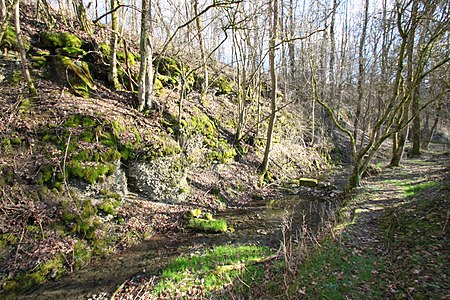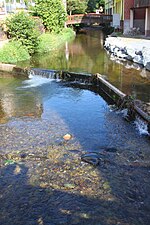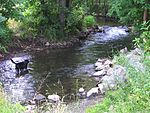Plassenburg is a castle in the city of Kulmbach in Bavaria. It is one of the most impressive castles in Germany and a symbol of the city. It was first mentioned in 1135. The Plassenberg family were ministerial of the counts of Andechs (later the dukes of Andechs-Meranien) and used as their seat the Plassenburg. The House of Guttenberg, a prominent Franconian noble family, traces its origins back to 1149 with a Gundeloh v. Blassenberg (Plassenberg). The name Guttenberg is derived from Guttenberg and was adopted by a Heinrich von Blassenberg around 1310. From 1340, the Hohenzollerns governed from Plassenburg castle their territories in Franconia till 1604. The Plassenburg was fortress and residence for the Hohenzollerns.
It was destroyed in 1554 at the end of the second Margravian war (1552–1554) of margrave Albert Alcibiades. The Plassenburg was later rebuilt by the architect Caspar Vischer as an impressive stronghold and as a huge palace. In 1792, Margrave Alexander sold the Plassenburg to his cousin, the King of Prussia. A combined Bavarian and French army under the command of Jérôme Bonaparte, brother of Napoleon, besieged the Plassenburg in 1806. In 1810, Kulmbach became Bavarian and the castle was used as a prison and as a military hospital. During the second world war, the Organisation Todt used the Plassenburg as a training camp and recreation home. Today, it is a museum and a venue for cultural events.
It contains a significant collection of Prussian military artifacts and portraits.










